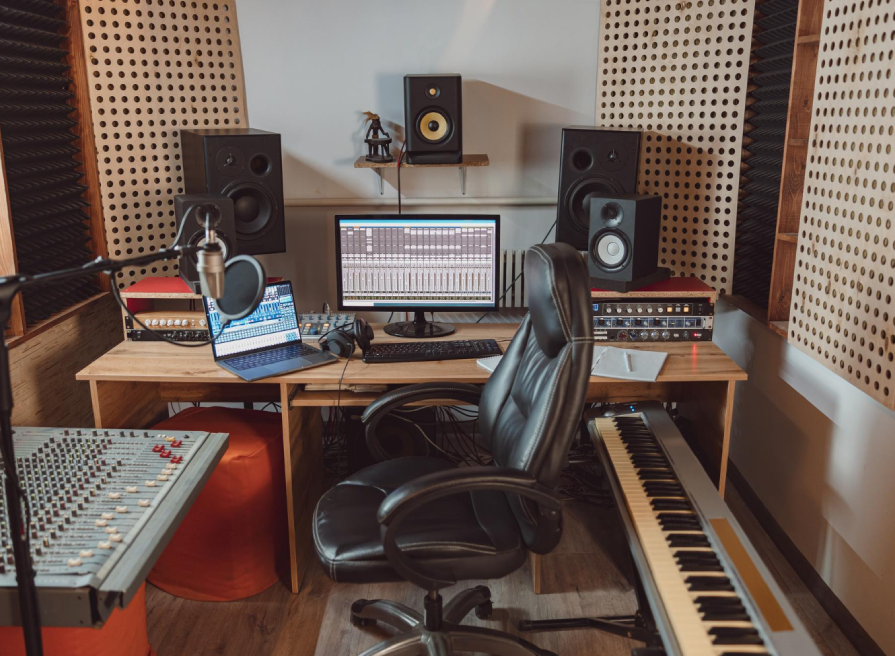
Crafting the Perfect Studio: A Guide to Professional Recording Setups
Paying for expensive studio and audio engineers is more complicated on past year, but for now artist are using their mobile phone and laptop as sound recording devices for their facility. But to gain the exact result and sound technology you need to place a sound recording studio setup for easy recording and obtain the exact results indeed.
What type of sound recording studio setup you need?
- Home Music Recording studio setup: Being a musician, podcasters or voiceover artists who just has started their career or budget constraints will go for home recording studio setup. It includes basic computer, digital audio workstation and quality microphones with audio interface, studio monitors and headphones. Using the sound proof walls and acoustics technology to reduces the external noise while recording the music.
- Professional Recording Studio Setup: It mainly for professional musicians, producers and sound engineers who need high quality type of sound technology with top tier equipment’s. Using the powerful computer, advanced DAW, multiple high-quality microphones with audio interfaces with low latency, studio monitors with premium headphones.
- Mobile Recording Studio Setup: Portable equipment like a laptop with lightweight DAW, small audio interface, compact microphones and foldable headphones can be used for sound recording indeed. Using limited soundproofing and portable acoustic shields and choosing the quiet location helps to improve sound quality.
Soundproofing & Acoustics:
- Acoustic Panels: Acoustic panels can absorb the sound waves which reduces echo and background noise.
- Seal Doors & Windows : Using the weather stripping or foam tape to seal gaps around doors and windows will be more effect indeed.
- Carpet & Curtains : Thick carpets and heavy curtains can help to dampen the sounds.
Right location:
Location is common things in sound recording studio which plays a significant role for best results. For every home music recording studio setup choosing the quiet room which are away from traffic areas will be high beneficial indeed.
Essential Equipment:
- Digital Audio Workstation (DAW) : A DAW is the software you use to record, edit, and produce your music or audio projects. Choose a DAW that suits your workflow and has the features you need for your projects.
- Audio Interface : An audio interface is crucial for converting analog signals from your microphones and instruments into digital signals that your computer can process. Look for an interface with multiple inputs and outputs to accommodate your needs.
- Microphones : A good microphone is essential for capturing high-quality audio.. For more specialized recording needs, you might later invest in dynamic microphones and other types.
- Studio Monitors : Studio monitors are speakers designed for accurate audio reproduction. They help you hear your recordings as they truly are, without the coloration that consumer speakers might add.
- Headphones : A pair of high-quality studio headphones is essential for monitoring recordings and mixing. Look for closed-back headphones for recording to prevent sound leakage, and open-back headphones for mixing, which provide a more natural sound.
- MIDI Controller : A MIDI controller, such as a keyboard or pad controller, allows you to input notes and control your DAW. This can be particularly useful for creating melodies, drum patterns, and other musical elements. The Novation Launchkey is a great option for beginners. Achieving a professional recording studio setup involves investing in high-quality audio interfaces, microphones, and soundproofing materials to ensure top-notch sound quality.
- Cables and Stands : Don't overlook the importance of cables and stands in your recording studio setup. Invest in high-quality XLR cables for your microphones and instrument cables for your instruments.
Conclusion:
Setting up a home recording studio is an exciting journey that empowers you to bring your creative ideas to life. By focusing on the essentials such as a reliable computer, user-friendly recording software, a good-quality microphone, and proper acoustic treatment you can create a professional-grade setup without breaking the bank. Begin with the basics, prioritize quality over quantity, and upgrade as your skills and needs.


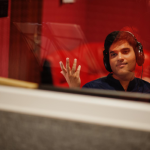
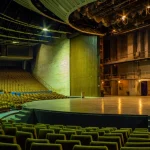
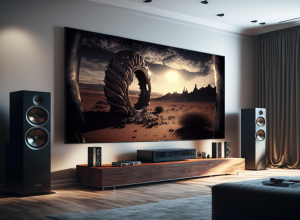
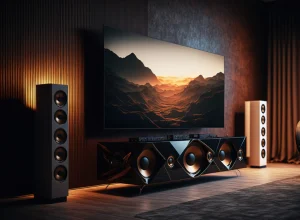
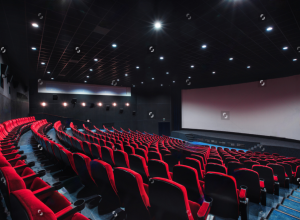
No comment yet, add your voice below!